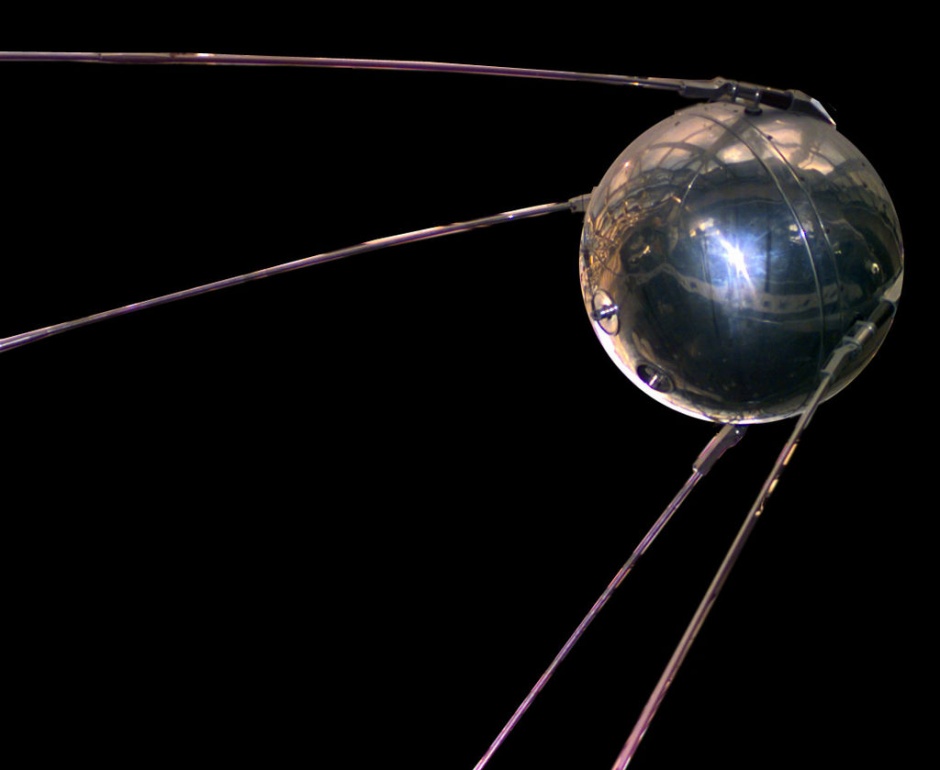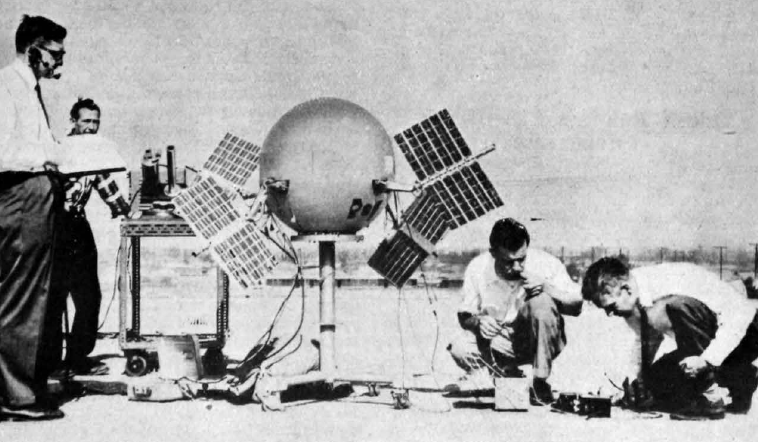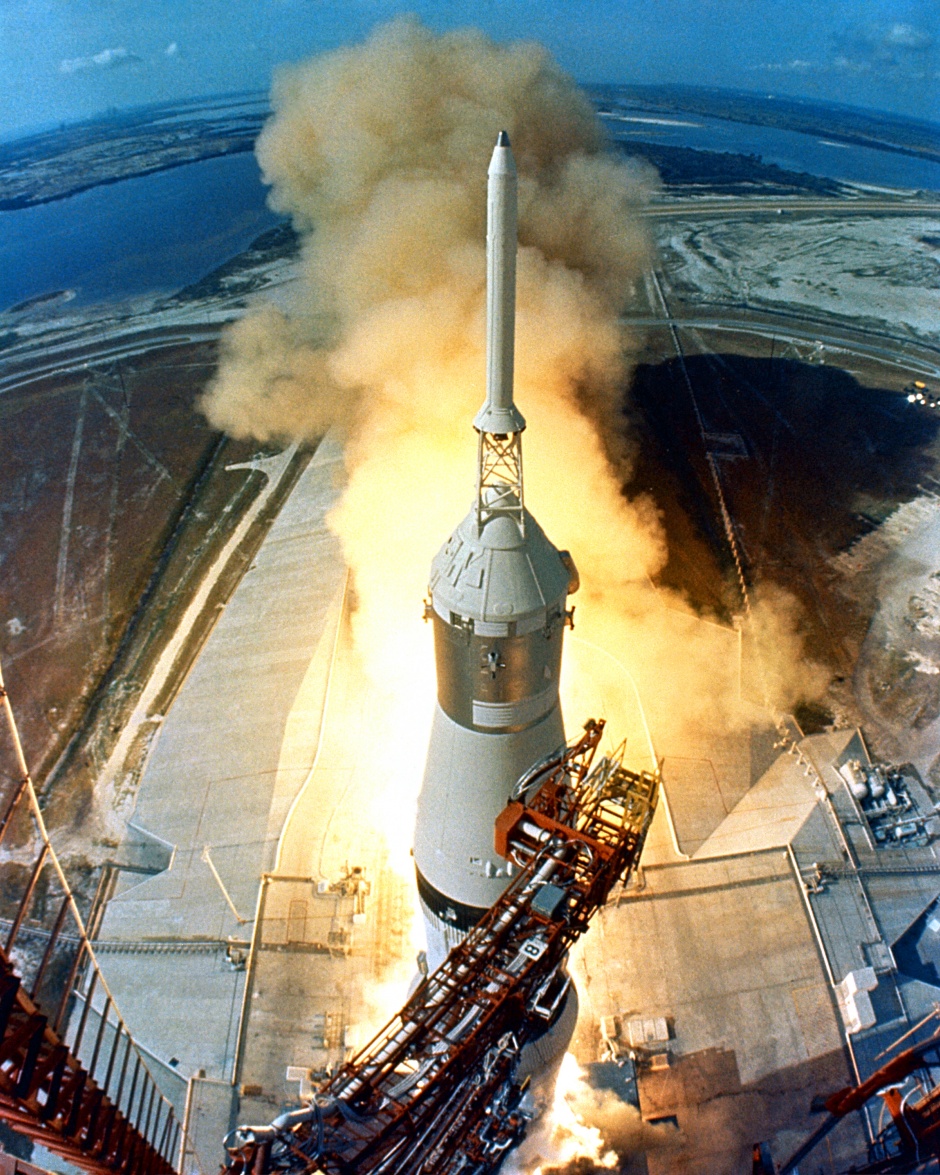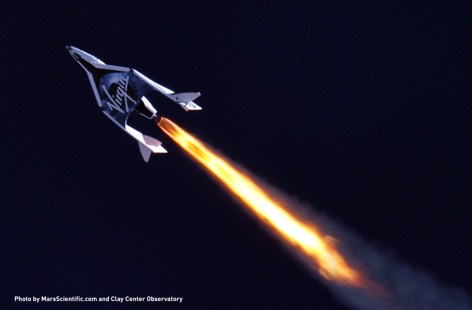It's a somewhat depressing indictment of human nature that international conflict has proven to be one of the prime drivers of technological innovation. And though the US and the Soviet Union never quite came to blows, the cold-war-induced space race of the 1950s and 1960s is perhaps one of the most striking examples of this phenomenon in action.
From the launch of Sputnik to the technology that put man on the moon, The Engineer brought an enquiring - and often surprisingly sceptical - perspective to the technological leaps made during this unparalleled period of cosmic oneupmanship.
Whilst they aren't intended to represent a comprehensive record of the era, the following stories provide a snapshot of some of The Engineer's fascinating archive coverage of this period and our story begins with a key moment: the first successful satellite launch.
October 1957: The launch of Sputnik

The Soviet's launch of Sputnik 1 - the world's first artificial satellite - was a key moment in the history of the 20th Century that sent shockwaves around the world and was the catalyst for the space race.
Describing it as a "major scientific feat" and congratulating the Russians on their achievement, The Engineer pieced together technical details on the project from the Russian newspaper Pravda. Despite its praise for the project, The Engineer does acknowledge the unsettling geopolitical implications of the achievement. “It has now been made obvious that Russian engineers are ahead of their American counterparts in the design of rockets,” it wrote.
READ OUR IN-DEPTH COVERAGE OF SPUTNIK 1 HERE
November 1957: Sputnik 2
Just a few weeks after Russia put the world’s first satellite into orbit The Engineer marvelled at the launch of Sputnik 2: a much larger satellite. Sputnik 2 was also the first spacecraft to carry a living creature – Laika the dog (who died shortly after the launch).
READ OUR IN-DEPTH COVERAGE OF SPUTNIK 2 HERE
January 1958: Explorer 1, America's first satellite
The successful launch of America's Explorer 1 satellite, just two months after Sputnik 2, perhaps marked the moment when the space race began in earnest.
With a total mass of 13.37kg, the satellite itself was considerably lighter than Sputniks 1 and 2, and – after Sputnik 2 – was the second satellite to carry a scientific payload into space.
The Engineer wasn't overly impressed by the satellite, writing that "It is a fine feat on the part of the Americans...but it has in no sense demonstrated that American rocket development has caught up with that of the Russians."
Despite this scepticism, Explorer 1 did end up making a significant contribution to space science, becoming the first spacecraft to detect the so-called Van Allen radiation belt.
READ OUR IN-DEPTH COVERAGE OF EXPLORER 1 HERE
March 1960: Pioneer V

Whilst the launches of Sputnik and Explorer were first and foremost political events, it wasn't long before the US and Soviet satellite programs started doing some serious science.
Pioneer V, which was covered by The Engineer in March 1960, was one such mission. Launched to investigate interplanetary space between the orbits of Earth and Venus, the US probe earned the distinction of confirming the existence of interplanetary magnetic fields.
The Pioneer programme went on to see the launch of a number of other probes. Perhaps the most notable were Pioneer 10 and 11, which explored the outer planets, and are now thought to be on trajectories leading them out of the solar system. Last contact with Pioneer 10 was in 2003, while 11 hasn’t been heard from since 1995.
READ OUR IN-DEPTH COVERAGE OF PIONEER V HERE
April 1961: The first man in space
"As we go to press we learn that the Russians have scored yet another remarkable first in space,” wrote The Engineer in April 1961. “Last Wednesday morning Mr Tovarich [sic] Gagarin was launched in a sealed capsule by rocket into an orbit that took him around the world in 108minutes. The capsule was brought safely back to the earth’s surface. Congratulations to the Russians!"
The Engineer's coverage of the feat, again gleaned from accounts in the Soviet press, goes into considerable detail on the spacecraft, its instrumentation, and the build-up to the mission.
READ OUR IN-DEPTH COVERAGE OF GAGARIN'S HISTORIC MISSION HERE
May 1961: The first American in space
On May 5th 1961, just a month after the Soviets put the first man in space, commander Alan Shepard became the first American to complete the feat.
Whilst acknowledging the psychological significance of America's "first step toward manned exploration and military exploitation of space” The Engineer was less impressed by the technology, describing the mission as a "modest and belated jump into space" and meticulously outlining all of the ways in which it didn't measure up to Gagarin's mission.
READ OUR IN-DEPTH COVERAGE OF AMERICA'S FIRST SPACE SHOT HERE
July 1969: Apollo 11 puts the first man on the moon

Now onto what is arguably the most significant achievement in the history of mankind: the Apollo 11 mission that landed the first two humans on the moon.
By 1969, the Soviet technological superiority reported in The Engineer's early coverage had fallen away, and the first lunar landing is widely regarded as the moment the space race ended.
Whilst most of the coverage of this historic moment focussed on the human story, The Engineer stuck admirably to its remit, and in a special issue of the publication focused instead upon the machinery that took our first extraplanetary pioneers a quarter of a million miles from the Earth’s surface to the moon’s, and back again in safety.
READ OUR IN-DEPTH COVERAGE OF APOLLO 11 HERE
October 2008: China's first spacewalk
Whilst the fevered one-upmanship of the US/Soviet space race will probably never be repeated, the ability to put humans in space remains a huge source of international prestige. And in the early 21st Century, the world's emerging economic powers were beginning to take their first steps into orbit.
This article from 2008 reports on a key symbolic moment from this new space race: China's first spacewalk.
READ OUR COVERAGE OF CHINA'S FIRST SPACE WALK
July 2009: The private space race

Alongside the emergence of new space-faring nations, one of the defining characteristics of the 21st Century space industry has been the emergence of a host of private space companies - from Richard Branson's Virgin Galactic to Elon Musk's SpaceX: seeking either to kick-start a new era of space tourism, or to provide national space agencies next-generation space exploration.
READ OUR COVERAGE OF THE PRIVATE SPACE SECTOR HERE




Glasgow trial explores AR cues for autonomous road safety
They've ploughed into a few vulnerable road users in the past. Making that less likely will make it spectacularly easy to stop the traffic for...